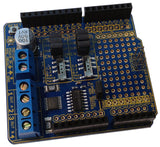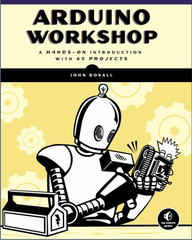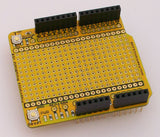Making your own "Simon" or Tic-tac-toe games is a fun way of learning about Arduino and playing some games with the result, however the prototype-style games often don't last for more than a few hours. The next step in the process is to create a more permanent version with an enclosure, and this has been taken to the next level by Robert Polzer.
His creation is a huge 3 x 3 illuminated button matrix, that also contains an audio playback module for speech and game notifications. The electonics are quite simple, and the LEDs and buttons are connected in a method that don't require any external control ICs. It may seem like a lot of work however the results are excellent, as shown in the video below:
For more details including the Arduino sketch and circuit schematic, visit Robert's github page. And for more, we're on twitter and Google+, so follow us for news and product updates as well.
If you're looking to make your own colourful LED-based project, consider our Freetronics RGBLED: full colour module. It includes a bright RGB LED on the top of the board and a WS2801 constant-current, addressable, multi-channel LED driver on the back. This smart module can be daisy-chained, so you can connect a number of these together in a string and drive each of the module colours individually from your microcontroller. For more information and to order, visit the product page.




















